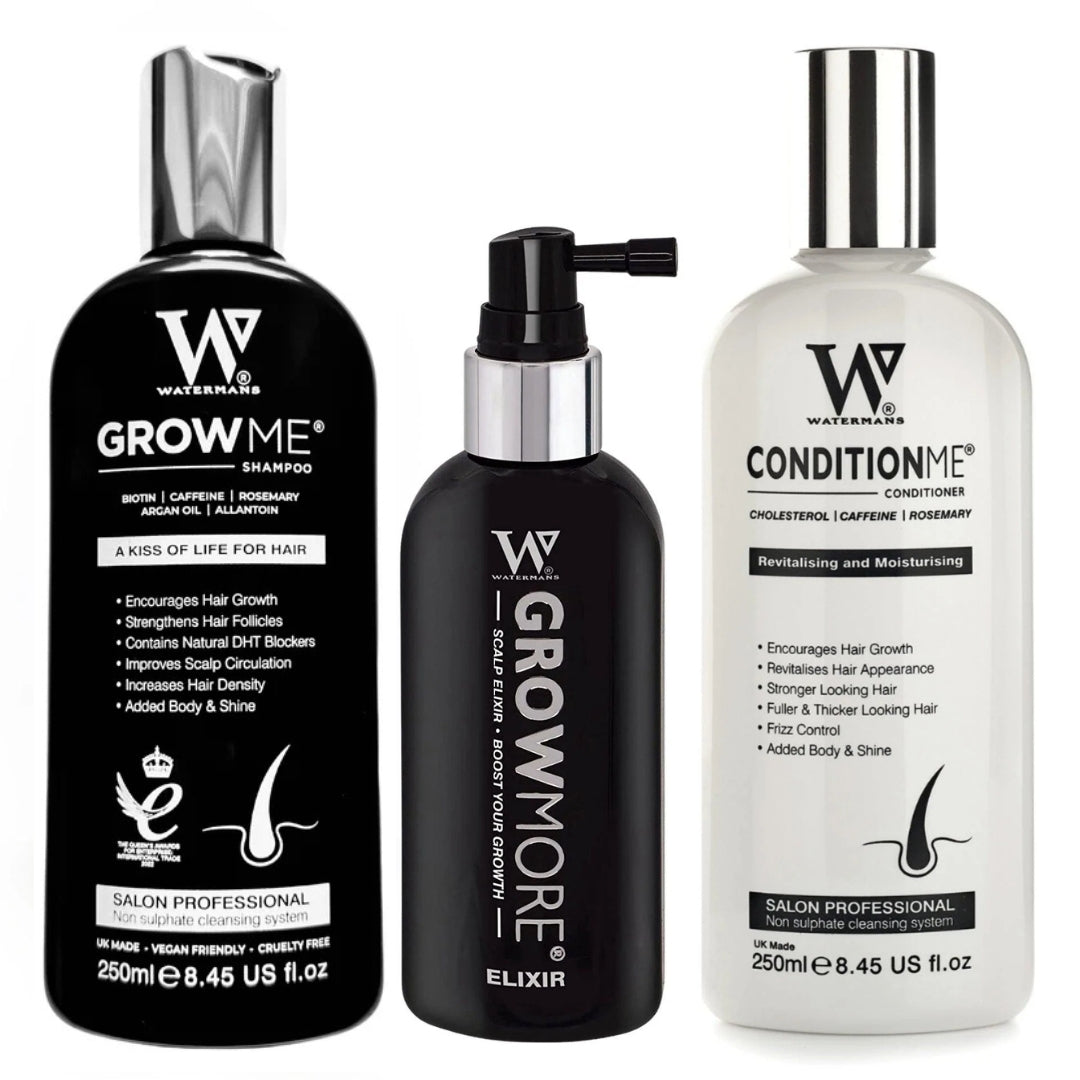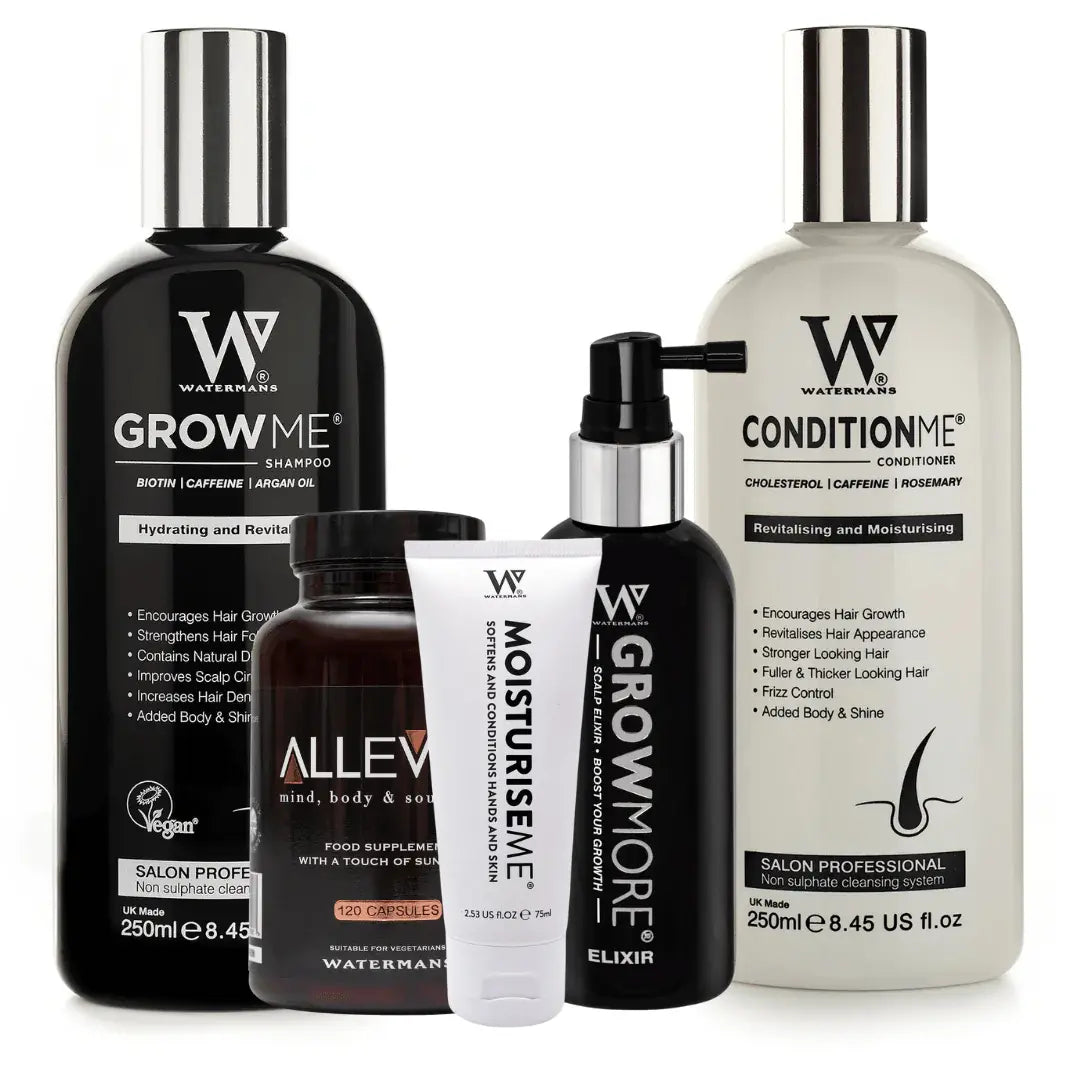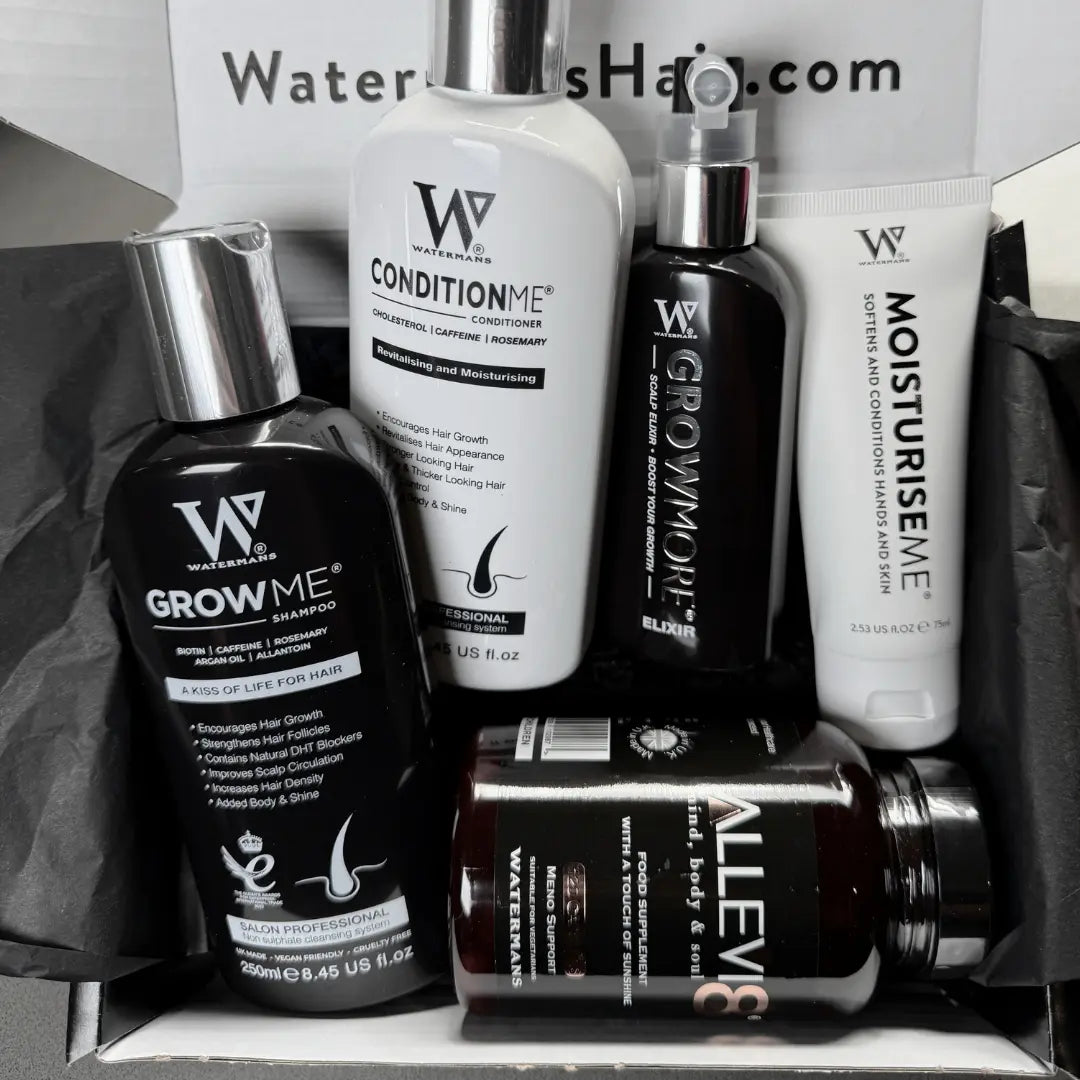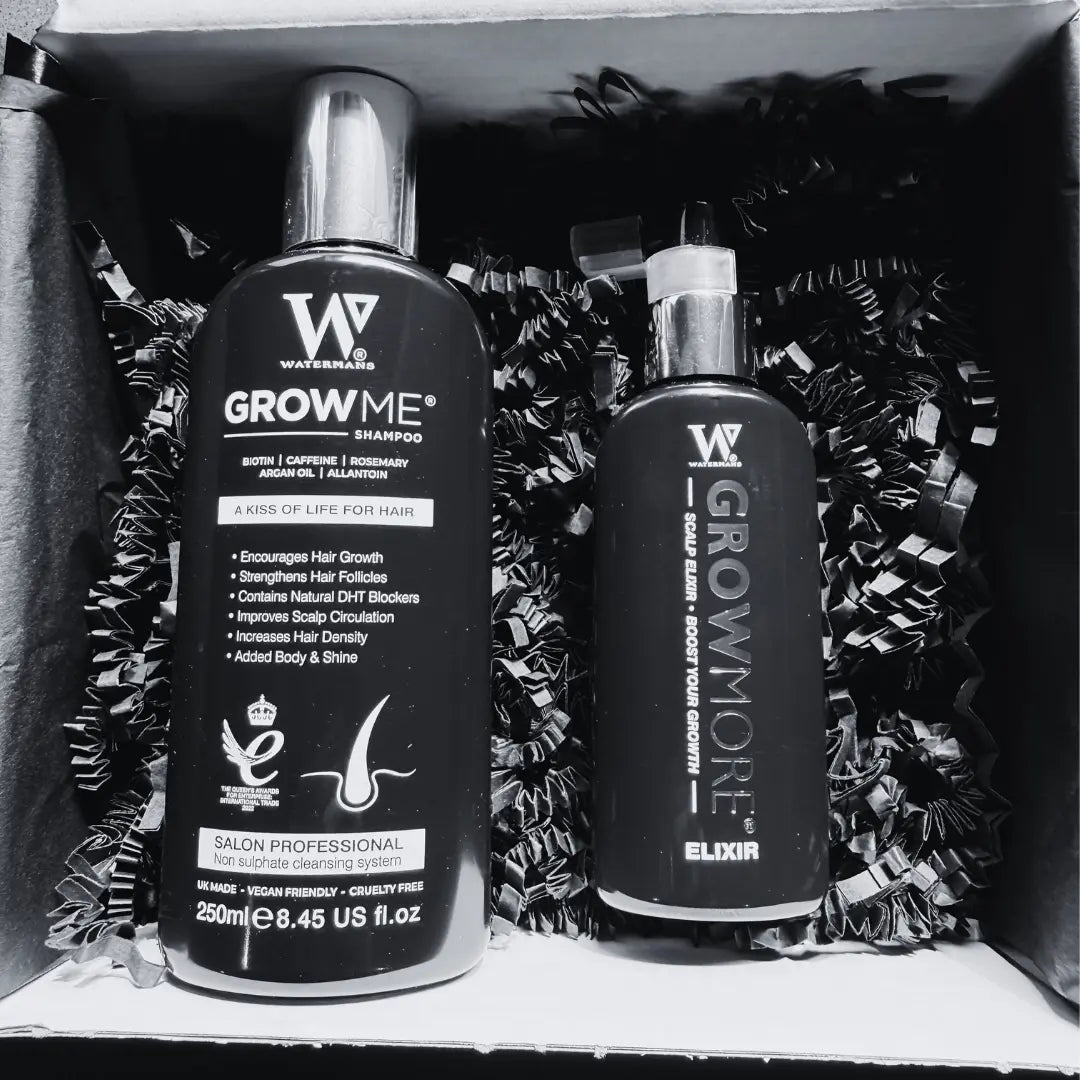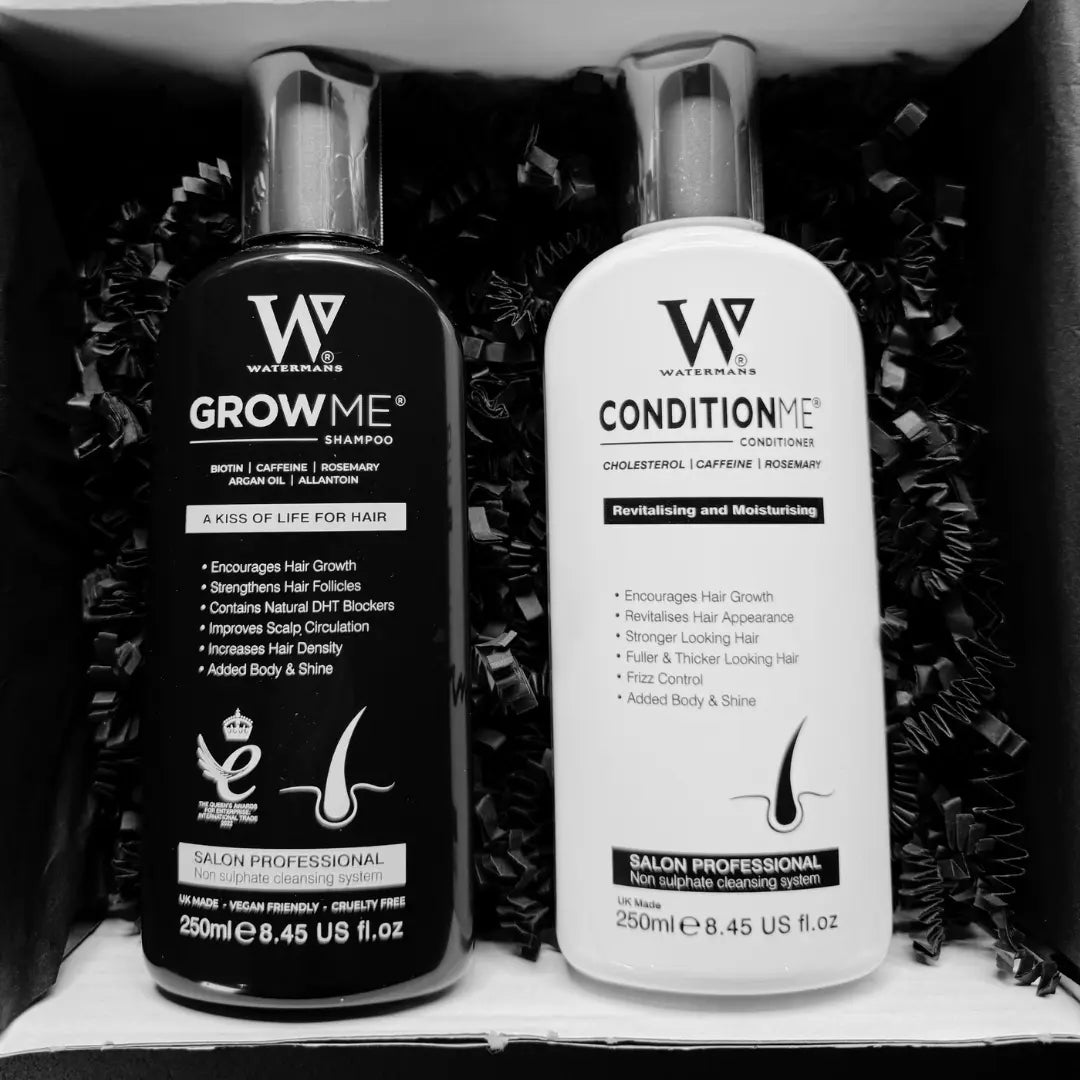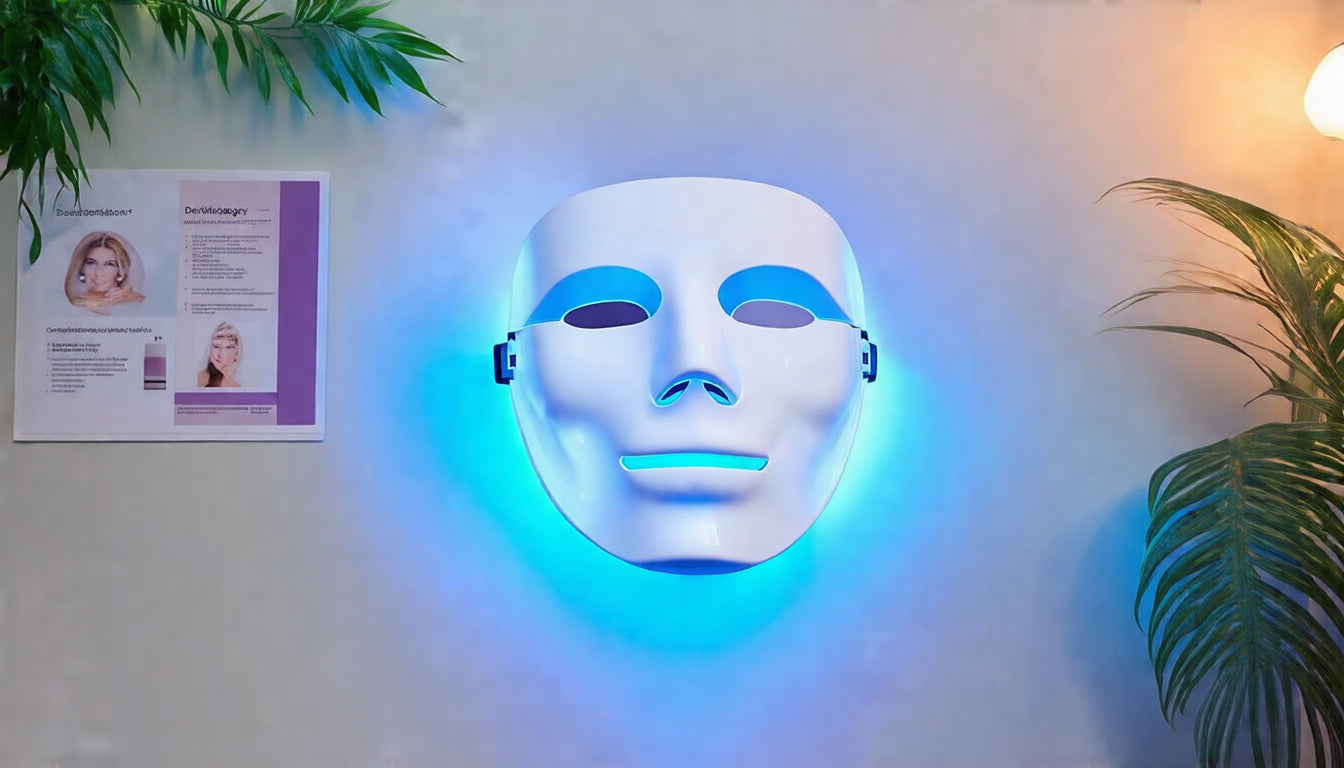
Unlocking the Secrets of LED Masks: 5 Essential Insights from a Dermatologist
LED masks have surged in popularity recently, appearing everywhere on social media and beauty forums. Promising to improve skin health and appearance through advanced light therapy, these devices have piqued the interest of many skincare enthusiasts. But how exactly do they work? What should you look for when choosing an LED mask? And can anyone safely use them? In this article, we unpack five vital insights from a dermatologist that will help you unlock the true potential of LED masks for your skin.
What is LED Therapy and How Does It Work?
LED (Light Emitting Diode) therapy is based on the principle of photobiomodulation, where exposing skin cells to specific wavelengths of light triggers biological processes at the cellular level. This light penetrates the skin and stimulates the mitochondria—the powerhouse of cells—leading to changes in DNA expression. The result? Enhanced collagen production, better blood circulation, and accelerated skin repair mechanisms.
Over time, this can make your skin look brighter, smoother, and firmer. The different wavelengths (colors) of LED light target specific skin concerns, such as aging, redness, or acne, making this therapy highly customizable.
1. Not All LED Masks Are Created Equal: What to Look For
Choosing the right LED mask is crucial to ensure safety and effectiveness. When shopping for an LED mask, consider these key factors:
- Wavelength and Fluence: The specific light spectrum and energy output should match therapeutic standards proven to stimulate skin cells.
- Type of Light Emitted: Most masks offer red, blue, yellow, or infrared lights, each serving different skin purposes.
- Device Design and Coverage: Opt for masks with ergonomic designs for comfort and even light distribution to prevent hotspots and irritation.
- Certifications and Testing: Devices cleared by authorities like the FDA indicate rigorous safety and efficacy standards.
For example, advanced devices might include hundreds of densely spaced LEDs, 360° mirror reflection technology to amplify light exposure, and features ensuring minimal heat buildup. Such innovations optimize treatment outcomes while keeping skin comfortable.
2. Versatility: Treat Multiple Skin Concerns with LED Masks
One of LED masks’ biggest advantages is their multi-functionality. Depending on the light mode, they can:
- Boost Collagen and Combat Aging: Red and infrared lights improve skin firmness and reduce fine lines.
- Soothe Redness and Inflammation: Yellow and infrared lights calm irritated, sensitive skin.
- Target Acne: Blue light helps kill acne-causing bacteria, while red light supports healing.
- Enhance Skin Glow and Texture: Combinations of red, yellow, and infrared lights brighten dull complexions and even out skin tone.
Choosing a mask with customizable light modes means you can tailor treatments according to your unique skin goals.
3. Consistency is Key: How to Use LED Masks Effectively
LED masks don't deliver overnight miracles. Regular and consistent use is essential for seeing real, lasting changes:
- Recommended Usage: 10 minutes per session, five to six days a week.
- Routine Integration: Make LED therapy part of your daily skincare regimen—use the session time to relax or enjoy a book.
- Device Preferences: Select a lightweight, comfortable mask you’ll want to wear regularly.
Expect visible improvements in skin texture, firmness, and overall health after approximately 4 to 8 weeks of consistent use. Patience and perseverance are necessary for reaping the full benefits.
4. Pre- and Post-Treatment Care for Maximum Benefits
To maximize the LED mask’s effects, proper skincare before and after use is essential:
- Cleanse Thoroughly: Remove makeup, dirt, and oils before using the mask.
- Avoid Skin Products During Use: Don’t apply serums, toners, or moisturizers under the mask as they can interfere with light penetration.
- Post-Treatment Care: After treatment, you can apply your preferred serums and moisturizers.
- Sun Protection: Daily application of sunscreen is vital, as UV exposure accelerates premature aging and can counteract your skin’s healing.
Maintaining this disciplined care routine enhances skin rejuvenation from LED therapy and safeguards your skin health.
5. When to Avoid Using LED Masks
While generally safe, LED masks are not suitable for everyone. Avoid or consult a healthcare provider if you:
- Have photosensitive disorders such as lupus or certain autoimmune diseases.
- Are taking photosensitizing medications (e.g., isotretinoin, tetracycline).
- Recently had chemical peels or invasive skin treatments; wait 7+ days before LED exposure.
- Have highly sensitive skin—conduct a patch test and seek medical advice.
- Are pregnant or breastfeeding—discuss safety with your healthcare professional.
Awareness of these precautions helps prevent adverse reactions and ensures safe, enjoyable skin treatments.
Final Thoughts
LED masks represent a promising, non-invasive addition to modern skincare, capable of targeting multiple concerns through scientifically backed phototherapy. Choosing a high-quality, FDA-cleared mask, committing to consistent use, and practicing good skincare habits are essential steps to unlock their full potential.
For those exploring advanced hair and skin health products alongside LED treatments, consider trusted options available at Watermans that complement your wellness journey.
Embrace patience and smart usage, and let LED masks help illuminate your skin’s natural radiance over time.
Disclaimer: LED masks are cosmetic devices, not medical treatments. Always consult with a healthcare provider for personalized skincare advice.


